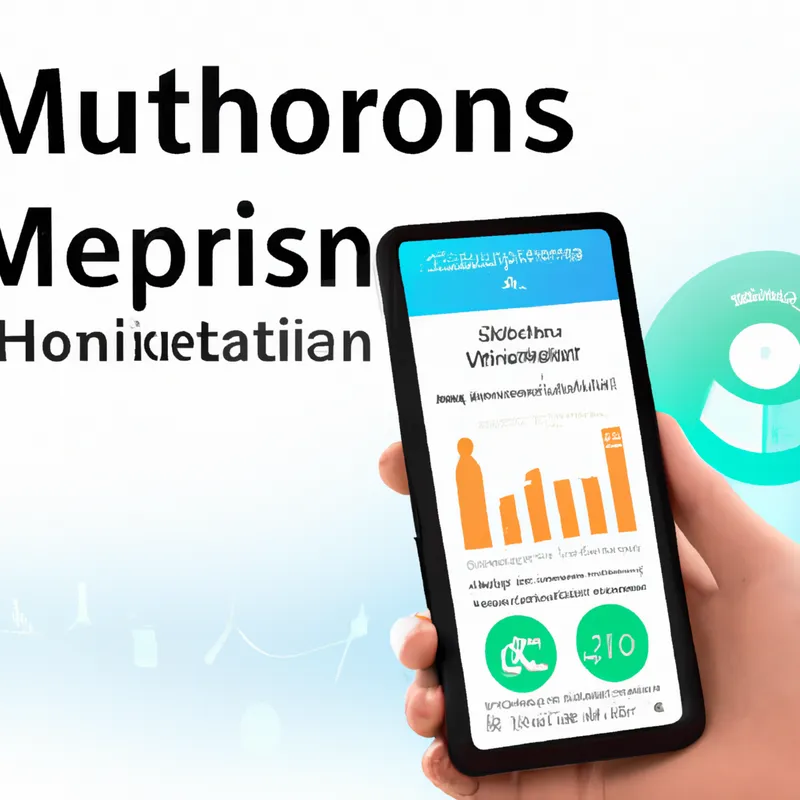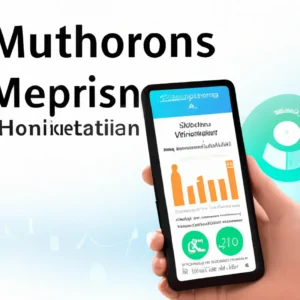Elevate Engagement with Microlearning Techniques
The Importance of Microlearning in Hybrid Training Programs
In today’s fast-paced world, employees juggle many responsibilities. Effective training presents a significant challenge for organizations. Hybrid training programs blend traditional in-person learning with online modules. Microlearning serves as an effective approach within this framework. This method delivers content in short, digestible segments. Employees engage with and retain information more easily. This article explores the importance of microlearning in hybrid training programs, its implementation, and its benefits.
What is Microlearning?
Microlearning breaks complex topics into bite-sized pieces. Each module focuses on a specific concept or skill. Learners absorb information without feeling overwhelmed. For instance, a 5-10 minute video or a quick interactive quiz can reinforce a key point. This approach makes learning manageable and engaging. Employees can focus on one aspect at a time.
Key Features of Microlearning
Microlearning includes several features that enhance its effectiveness in training:
1. **Concise Content**: Each lesson lasts a few minutes, accommodating busy schedules. This brevity encourages learners to complete modules quickly.
2. **Targeted Learning**: Modules focus on specific skills or knowledge areas. This approach prevents learners from feeling bogged down by unnecessary information.
3. **Flexibility**: Employees can access microlearning content anytime and anywhere. This flexibility suits diverse learning preferences and enables continuous learning.
Tips for Implementing Microlearning
To incorporate microlearning effectively, organizations should follow these strategies:
Define Clear Learning Objectives
Before creating modules, define clear learning objectives. Determine what skills you want employees to gain. Setting measurable goals helps track progress and align training with organizational needs. For example, if you aim to improve customer service skills, focus content on relevant scenarios.
Use Varied Formats
Microlearning can take many forms, such as videos, infographics, podcasts, and quizzes. Incorporating various formats appeals to different learning styles. For example, a short video can explain a concept effectively. An infographic can visually summarize key points. Quizzes reinforce learning and assess comprehension, making the experience interactive.
Provide Immediate Feedback
Immediate feedback enhances the learning experience. Employees can gauge their understanding after completing a module. Incorporate assessments or quizzes after microlearning content to provide instant insights. This approach highlights areas for improvement and fosters a growth mindset.
Integrate Social Learning Elements
While microlearning is often self-directed, integrating social learning elements can enhance the experience.
Conclusion
Microlearning plays a crucial role in hybrid training programs by promoting engagement, flexibility, and effective learning.
Below are related products based on this post:
FAQ
What is the main benefit of using microlearning in hybrid training programs?
The main benefit of microlearning in hybrid training programs is its ability to deliver content in short, digestible segments. This approach allows employees to engage with and retain information more easily, making learning manageable and effective, especially in a fast-paced work environment.
How can organizations implement microlearning effectively?
Organizations can implement microlearning effectively by defining clear learning objectives, using varied formats such as videos and quizzes, providing immediate feedback, and integrating social learning elements. These strategies help to ensure that the training is engaging and meets the specific needs of employees.
What are some key features of microlearning?
Key features of microlearning include concise content that fits into busy schedules, targeted learning that focuses on specific skills, and flexibility that allows employees to access training materials anytime and anywhere. These features enhance the overall learning experience and promote continuous improvement.















Post Comment